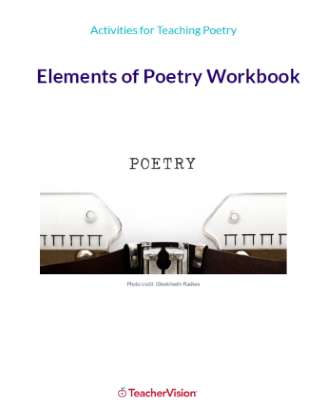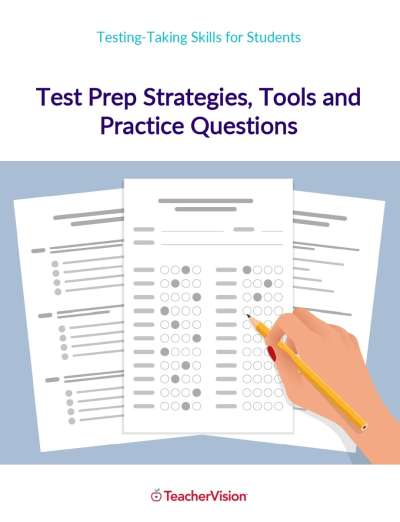We think of rockets as being fairly modern inventions, and they are. Germany was the hub of early rocketry in the 1930s. The first rocket airplane was developed in the United States in 1947-the first plane ever to exceed the speed of sound in level flight. John Glenn orbited the earth in 1962 in the Atlas rocket.
Although rockets are modern, the science of rockets, based on Isaac's Newton's third law of motion, has been understood for hundreds of years. Newton's third law of motion claims that for every action in nature there is an equal and opposite reaction.
This law pertains to rockets, which are forced upward by burning fuel that produces large amounts of gases expanded by heat. You can create a "rocket" from a soda bottle, and fuel it with air pressure. The problem you'll attempt to solve is whether additional rocket fuel-in this case water-causes your rocket to fly better than just air pressure.
You'll need a clean, plastic two-liter bottle, a bicycle pump with an air pressure gauge, some water, a rubber stopper to fit firmly inside the neck of the bottle, an inflating needle like those used for inflating basketballs, and a cardboard carton with a hole to support the neck of the bottle when turned upside down.
You'll need to do this experiment outside, and not too close to your or your neighbor's house.
With an adult to help, drill a hole in the rubber stopper into which you can fit the inflating needle. Attach the needle to the pump. Fit the stopper and nozzle firmly into the neck of the bottle. Place the bottle upside down on the cardboard carton, which will serve as your launch pad.
Pump air into the bottle until the air pressure inside forces the stopper out of the bottom, causing it to fly into the air. It will be difficult to measure how high the bottle flies up, so your results may have to be more qualitative than quantitative. You could try clocking the amount of time the bottle stays in the air, giving you an indication of its time in flight. Keep track of the air pressure and approximate height by recording those numbers in a data chart.
Repeat the experiment, but this time add one cup of water (354 ml) to the bottle. Pump air into the bottle until the air pressure forces the stopper out of the bottom. This time, water and air are forced down through the neck. This will create a force that will push the bottle up. Record the air pressure and approximate height of the bottle.
Try different amounts of water to determine which amount makes the bottle rocket go the highest.




